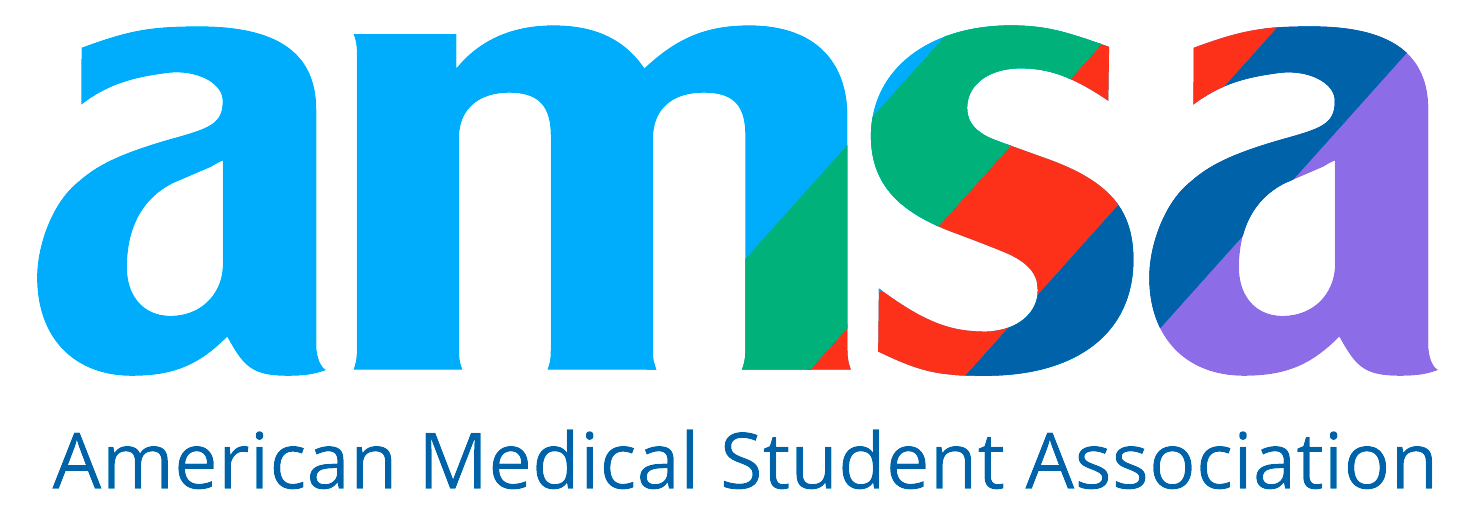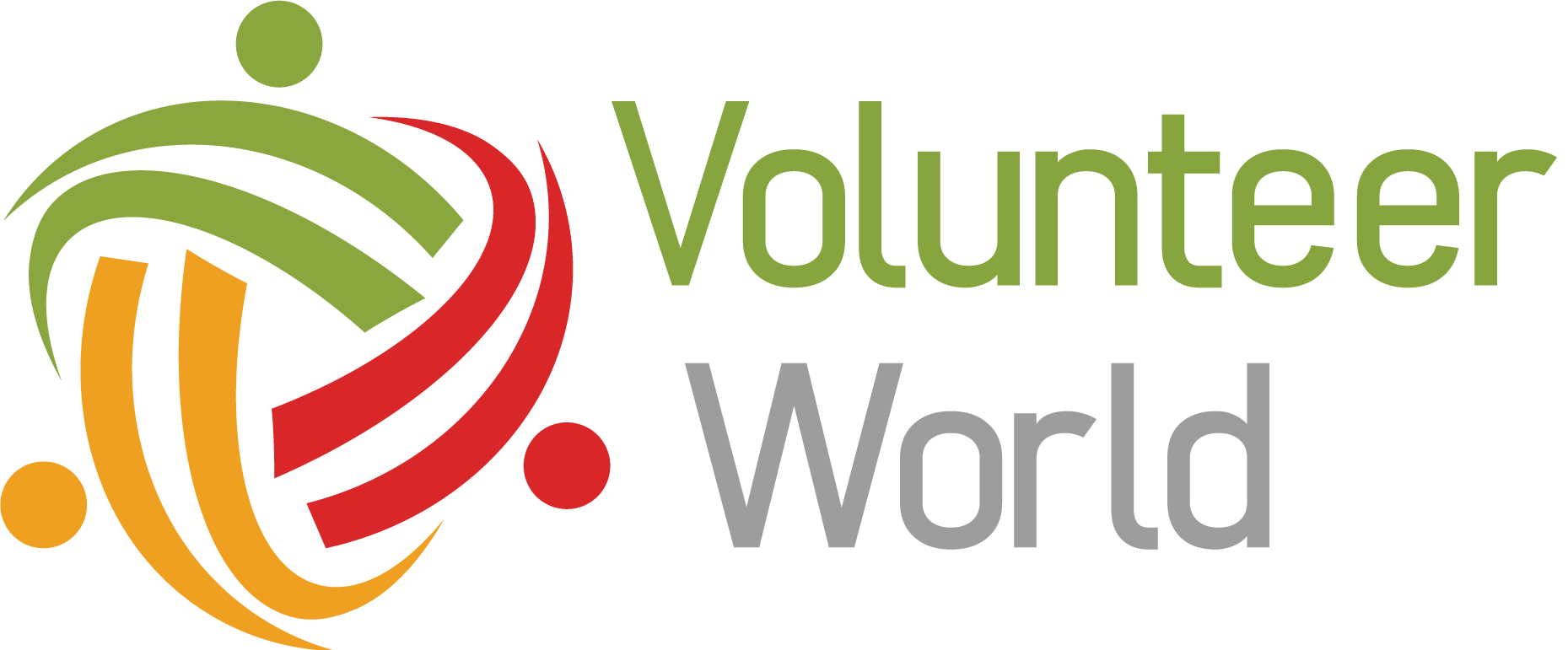10 Most Expensive U.S. Medical Schools in 2026 | Tuition & Scholarships
Go-Elective Abroad
10 Most Expensive U.S. Medical Schools in 2026 | Tuition & Scholarships
Pursuing a medical degree is a major investment—both intellectually and financially. In 2024, tuition and fees for the most expensive U.S. medical schools range from $67,875 to $74,035 annually. And that’s just tuition. Add housing, textbooks, equipment, and living expenses, and costs can skyrocket even higher.
If you're applying to medical school, it's important to know which programs carry the highest price tags—and whether the return on investment is worth it.
Understanding the True Cost of Medical School
Medical education doesn’t come cheap. According to the Association of American Medical Colleges (AAMC), the median cost of public medical school is approximately $250,222, while private medical school costs average $330,180. Tuition has consistently increased by 3%–4% annually over the past decade.
While private schools often offer prestige, they also tend to come with a higher cost. Fortunately, many high-cost programs offer robust training, global health opportunities, and strong residency placements.
Top 10 Most Expensive U.S. Medical Schools in 2024
These private institutions top the charts for tuition and fees. All amounts listed reflect estimated costs for the 2024 academic year:
-
Midwestern University (Illinois) – $74,035
Highly ranked for primary care and known for its strong clinical curriculum.
-
Midwestern University (Arizona) – $71,833
Boasts strong faculty support and a growing reputation in medical research.
-
Columbia University – $71,107
A prestigious Ivy League school tied for #4 in both research and primary care rankings.
-
Warren Alpert Medical School of Brown University – $70,425
Renowned for early clinical exposure and student-directed research opportunities.
-
Case Western Reserve University – $70,339
Offers multiple MD pathways and hands-on patient care training.
-
Northwestern University (Feinberg) – $70,254
Located in downtown Chicago, with high rankings in OB/GYN and surgery.
-
Dartmouth College (Geisel) – $69,768
Among the oldest U.S. med schools, noted for training doctors for underserved areas.
-
University of Southern California (Keck) – $69,237
Strong in primary care and research, with an excellent faculty-to-student ratio.
-
Washington University in St. Louis – $68,480
Exceptional for early research experience and personalized medical education.
-
Georgetown University – $67,875
Known for service-oriented training and clinical opportunities in the D.C. region.
Additional Costs Beyond Tuition
When evaluating the most expensive medical schools, it’s vital to consider cost of living in each school’s location. Cities like New York, Los Angeles, and Chicago tend to have higher housing, utility, and transportation costs than smaller college towns.
How to Afford Medical School in 2024
Even if you’re facing tuition upwards of $70,000 per year, there are funding options that can reduce your financial burden. Most medical students use a mix of the following:
-
Federal Loans
Direct Unsubsidized Loans and Direct PLUS Loans are commonly used. Be sure to understand repayment terms.
-
Private Student Loans
Explore private lenders only after maximizing federal aid. Compare interest rates carefully.
-
Scholarships and Grants
Apply widely! Scholarships never need to be repaid and can significantly reduce your debt load.
-
Military Service
The military offers programs that cover full tuition, books, and a monthly stipend in exchange for service after graduation.
-
Loan Forgiveness for Underserved Areas
Programs like the National Health Service Corps offer tuition repayment in exchange for service in rural or underserved areas.
Top Scholarships for Medical School Students
Here are some of the top scholarships available to help reduce medical school expenses:
-
Physicians of Tomorrow Awards
Up to $10,000 for exceptional third-year students.
-
Tylenol Future Care Scholarship
Awards of $5,000 to $10,000 for students pursuing healthcare careers.
-
Diverse Medical Scholars Program
Provides $7,000 to students who complete 200 hours of community service.
-
National Health Service Corps Scholarship
Covers two years of tuition and offers a stipend in exchange for working in underserved areas.
-
Herbert W. Nickens Student Scholarship
Provides $5,000 to third-year students committed to reducing health disparities.
-
Chesapeake Urology Associates Scholarship
Need-based award of up to $5,000.
-
HRSA Scholarship for Disadvantaged Students
Offers tuition and fees for students from underserved backgrounds.
-
James “Rhio” O’Connor Memorial Scholarship
$1,000 scholarship for students interested in cancer research.
-
National Hispanic Health Foundation Scholarship
Up to $10,000 for students serving Hispanic communities.
-
Gates Millennium Scholars Program
A prestigious $12,000 grant for African American students entering medicine.
Final Thoughts: Is It Worth the Price?
While these medical schools may be the most expensive, many offer world-class training, early clinical exposure, and a strong pathway to competitive residencies. But cost should always be weighed against future income, student debt burden, and your personal goals.
If you're unsure about how to finance your medical education—or if you're looking to strengthen your application through global health internships, Go Elective can help. Our programs in Kenya and Tanzania offer hands-on clinical experience that builds both your resume and your perspective.
Have questions? Reach out to Go Elective Admissions Support to explore opportunities for pre-med, medical, and healthcare students. We’re here to guide you every step of the way.
Article Details
Categories
Recent Articles , Pre-health, Medical Electives, Med Schools,
Author: Go-Elective Abroad
Date Published: Dec 12, 2025
Travel with us.
Inquire Today!
Go Elective offers immersive opportunities for medical students, pre-med undergraduates, residents, nursing practitioners, and PAs to gain guided invaluable experience in busy hospitals abroad. Discover the power of study, travel, and impact.






